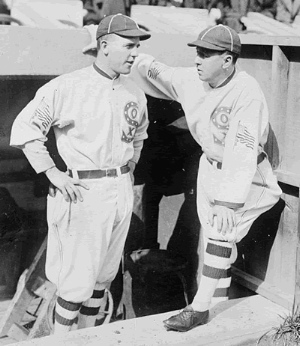As I write, Thom is on an Amtrak train back home from Oregon for his holiday break. The train, the Coast Starlight, arrived in Eugene early yesterday evening from Seattle, already two and a half hours late. Amtrak’s “schedule” says the southbound Starlight should arrive in Emeryville, just down the track from Berkeley, at 8:10 in the morning. We’re several hours past that. Where’s the train? Still more than a hundred miles away, laboring down the valley somewhere north of Sacramento. Amtrak’s website says the train is now due in at 2:08 p.m., 5 hours and 58 minutes late. That’s a fantasy, since the run got to its last stop 6 hours and 46 minutes overdue.
I don’t mean to beat up on Amtrak (aka the quasi-private National Railroad Passenger Corporation). It’s not news that its long-distance trains can’t keep to a schedule. The Department of Transportation’s fiscal 2004 summary of Amtrak’s performance shows the Coast Starlight makes it to the end of the run when the schedule says it will 22.3 percent of the time. The figure for the Sunset Limited, which operates between Los Angeles and Orlando, is 4.3 percent (4.3 percent! Riding an on-time run on that train would be like winning the lottery). Only the shorter routes, like the Capitols in California, the Hiawathas (Chicago-Milwaukee) and the fast intercity runs on the East Coast have on-time rates higher than 70 percent.
Amtrak doesn’t really try to hide this. Its website cautions that if you’re booking a trip on the Coast Starlight or California Zephyr (Chicago-Emeryville) you might want to “plan for the possibility of delays due to freight traffic, track work “or other operating conditions.” This points to a widely cited Amtrak problem: that it’s treated as a second-class service by the companies that actually own the rails it uses. At the same time, though, Amtrak persists in describing rail travel as a wonder not to be missed. The timetable for the Coast Starlight urges you to “discover one of Amtrak’s most awe-inspiring travel experiences.” Of course, there’s more than one way you can read that.
Another well-known part of the Amtrak story is its perennial deep deficit. The Department of Transportation offers a statistic on each line’s loss per passenger. Generally (and predictably), the shorter, more heavily traveled routes — the ones mentioned above that tend to be on schedule sometimes — show the smallest per-passenger loss. The longer the trip, the bigger the loss and necessary public subsidy. Not that there’s anything wrong with transportation subsidies — we wouldn’t have roads, airports or seaports without them. But if you’re underwriting a $466 per passenger loss (the fiscal 2004 figure for the Sunset Limited; the number for the Coast Starlight is $152), you expect to get a little something in return; a meaningful estimate of when the trains arrive and depart would be a start.
I’ve always loved trains, or at least the idea of trains, and have taken a few long trips starting with my first visit to California from Illinois in 1973. The appeal to me of traveling by rail is pretty much the one Amtrak is trying to sell: You get to see the country close up instead of blasting over it in an aluminum tube. But it’s one thing to support a service that’s basically necessary, or if not necessary, more or less efficient; it’s another to pay for something that’s essentially broken and doesn’t appear to have any prospect for getting better the way things are being run now.
So something’s got to change: Do whatever needs to be done and pay whatever needs to be paid to improve service and make it reliable (fat chance; Amtrak has only grudging support from Congress). Or stop pretending you run the long-distance trains on a schedule: just tell passengers you’re pretty sure you can get them where they’re going eventually and to enjoy the scenery. Or let private operators take the lines and see if there’s any way they can both provide service and make them pay, or at least lose less. Or just let the trains go and shove everyone on to buses and planes.


